The Bluesky hype explained – how it compares to Twitter and the best ways to switch
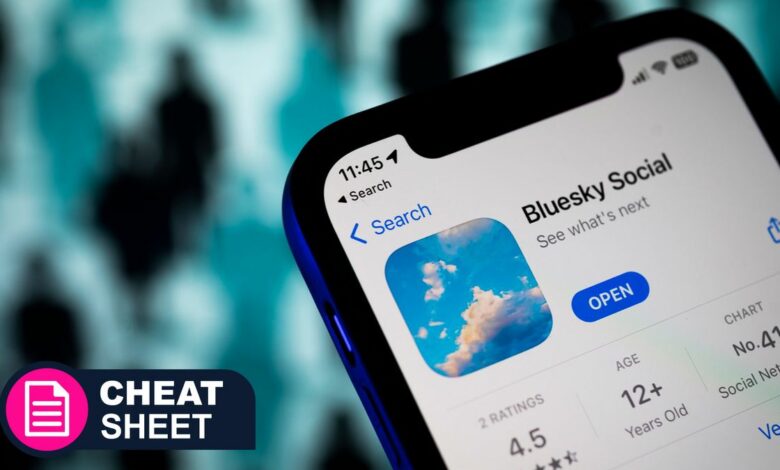
In the wake of the US elections, millions of users have joined Bluesky every day. The platform is a decentralized rival to X (formerly Twitter) and now has more than 20 million users. According to data from Similarwebdaily usage grew by more than 500% after the elections.
In a recent interview with NPRBluesky CEO Jay Graber said the network was “growing by about a million users per day.” This increase can largely be attributed to the dissatisfaction of countless X users (formerly Twitter).
It’s been two years since Elon Musk bought Twitter for $44 billion and renamed it have led to a mass exodus to pastures new.
While it still has a ways to go to compete with the 275 million active monthly users on Threads, Bluesky has scored a big win after the US presidential election.
That said, not everyone has heard of Bluesky. If you’re new to the name, we’ve rounded up all the answers here, including what makes Bluesky different and how to switch from X.
What is Bluesky?
Bluesky is a social media platform that started as a Twitter project, founded when Jack Dorsey was CEO in 2019. It then became a separate company in 2021. Bluesky’s majority shareholder is now CEO, Jay Graber.
Bluesky’s key differentiator is that it is open and decentralized. It is built on the AT protocolan open-source framework that creates a standard format for “user identity, followers, and social app data.”
The original idea was that this standard would be adopted by Twitter. Elon Musk’s acquisition of the platform put an end to that plan, leading to Bluesky developing as an independent social app.
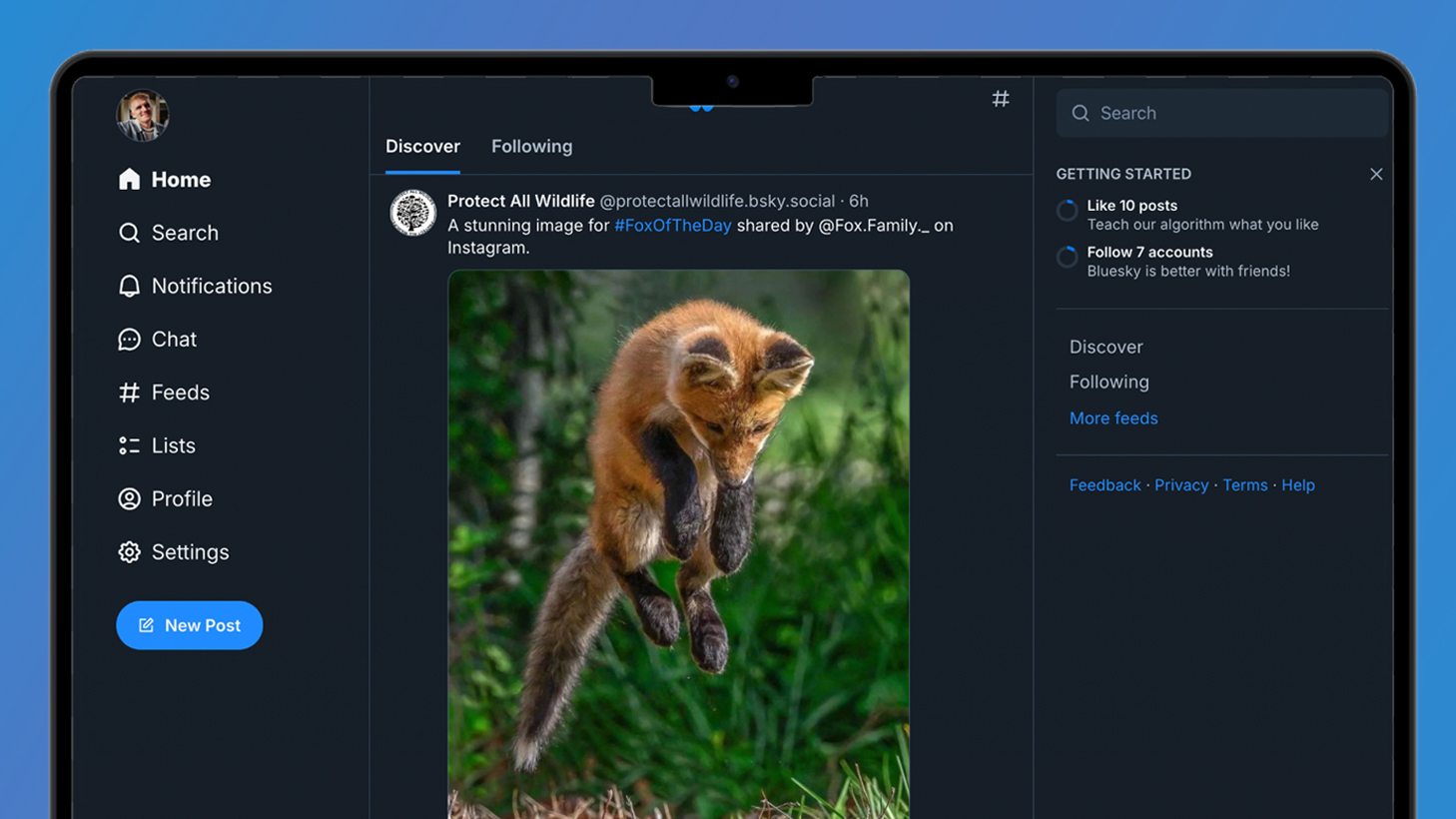
TL;DR – What is Bluesky?
Bluesky is a social network inspired by Twitter, but works in a different way. Instead of being centralized, it is open and decentralized – meaning no single company has control over it.
Bluesky also gives account holders much more control over content moderation on their own feeds. Users have the option to choose the algorithm that powers their experience on the platform, with the option to create custom feeds for different topics or interests.
Users initially had to be invited to join Bluesky, but accounts became publicly available in February. Interestingly, Bluesky allows users to use website URLs as handles, potentially serving as an authentication tool.
Bluesky vs Twitter: What are the Key Differences?
Bluesky’s interface is visually very similar to that of X. There is a vertical feed of posts that you can reply to, retweet and like. You can also create messages of up to 256 characters. Likewise, the profiles on Bluesky borrow heavily from the platform’s Twitter roots.
As mentioned above, one of Bluesky’s biggest selling points is that it is decentralized. It’s essentially a protocol that can be used to create content feeds, meaning it’s difficult for one person or company to control. X, on the other hand, centralizes data processing and content moderation, taking it out of the hands of users.
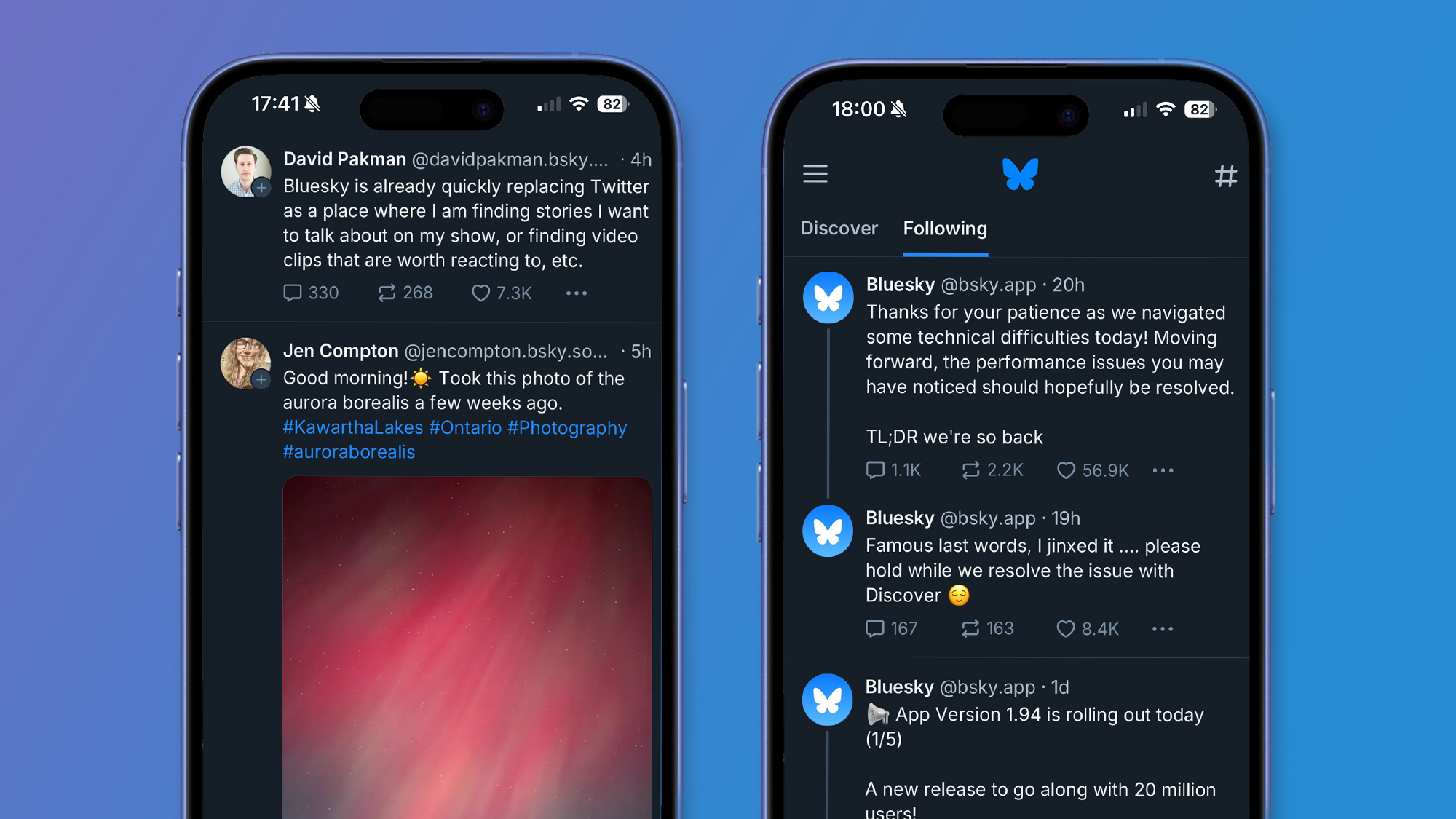
The other major difference is the level of control given to individual users. This is reflected in the way content is pushed to your feed. On
Bluesky vs Twitter: Key Differences
Blue sky: decentralized, user controlled, customizable feeds, the user owns their data.
Twitter: centralized, feeds controlled by X, data locked into X with little portability.
Bluesky, on the other hand, lets you choose how you want to filter content. By default, there are two feeds on Bluesky: one for accounts you follow and a Discover feed, which shows a tailored feed of popular content based on your interests and network.
But Bluesky goes further and gives you algorithmic choice by letting you create your own custom feeds. Although some knowledge of the AT protocol is required to create custom feedsBluesky sees this as the future of the platform, with “an open marketplace of feeds” that gives users access to content in any way they want. Graber claims that there are currently more than 50,000 feeds available, catering to a variety of interests and themes.
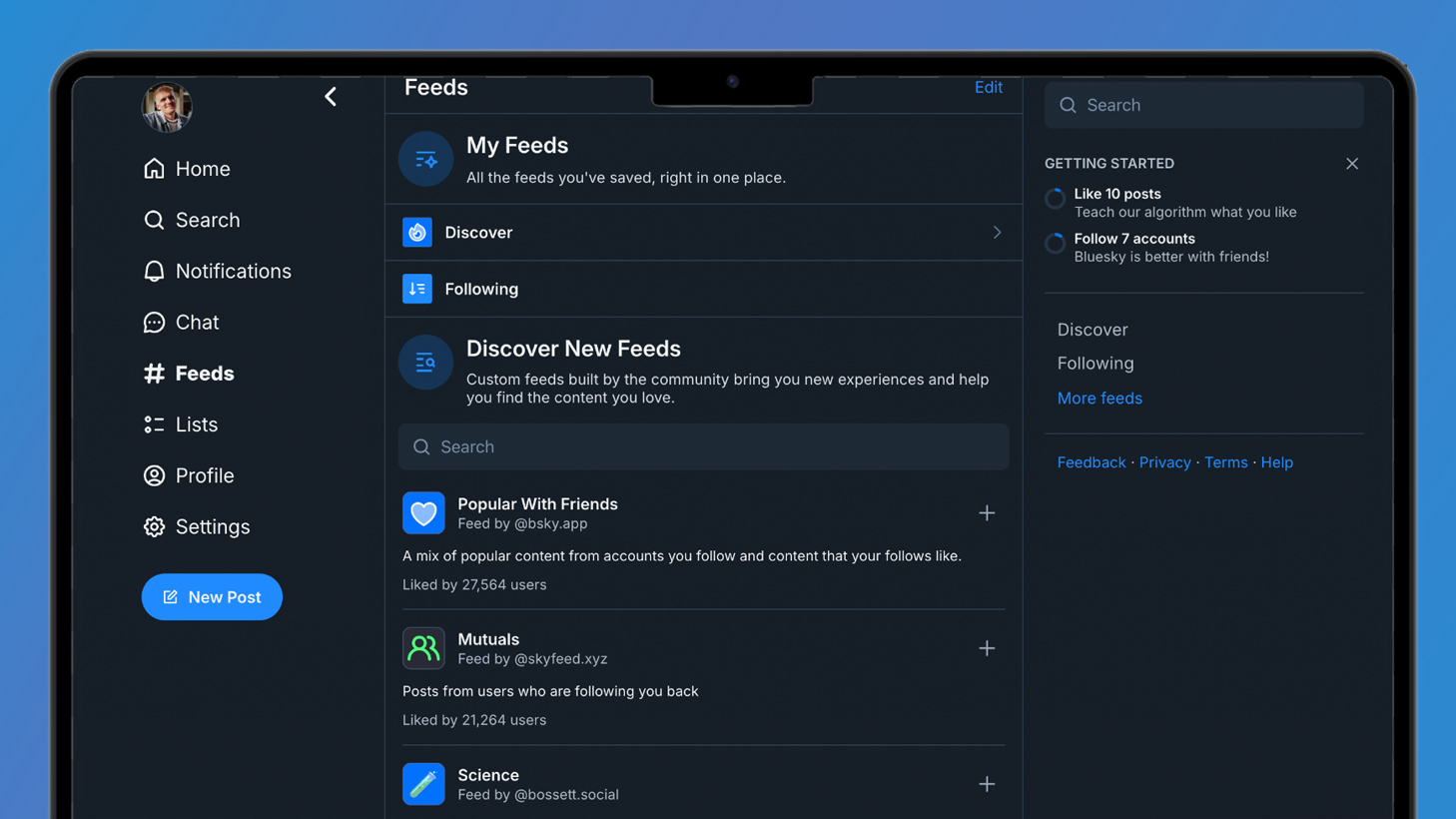
As Bluesky gains more users, the number of custom feeds available will increase.
While the current user base of 20 million pales in comparison to the 500 million monthly active users that X claims to have, the rapid growth will likely only result in greater availability of niche feeds. This reflects the user experience on Bluesky, which aims to build close-knit communities from the ground up, based on specific shared interests.
One of the main factors driving users away from X is the platform’s move towards deregulation, including changes that allow blocked users to still view your posts and profile. Bluesky, on the other hand, has a traditional block feature, as well as a number of ‘anti-toxicity’ features designed to actively combat harassment. These include the option to unlink your original message from someone else’s quote message, giving you control over the discussions you start.
Reflecting its decentralized approach, Bluesky does not serve ads or collect user data to train generative AI models – unlike X, which does both.
Bluesky vs Threads: What are the Key Differences?
Like Bluesky, Threads is a relatively new microblogging platform that comes out of the recent controversies surrounding Twitter/X. Developed and owned by Meta, users can log in to Threads using their Instagram account details. Thanks to this integration, it grew rapidly and now boasts an active monthly user base of over 275 million.
Visually, Threads has a stripped-down user interface with an aesthetic very similar to Instagram. That tight integration makes it easy to find and follow friends, but Threads also struggles with broader community engagement.
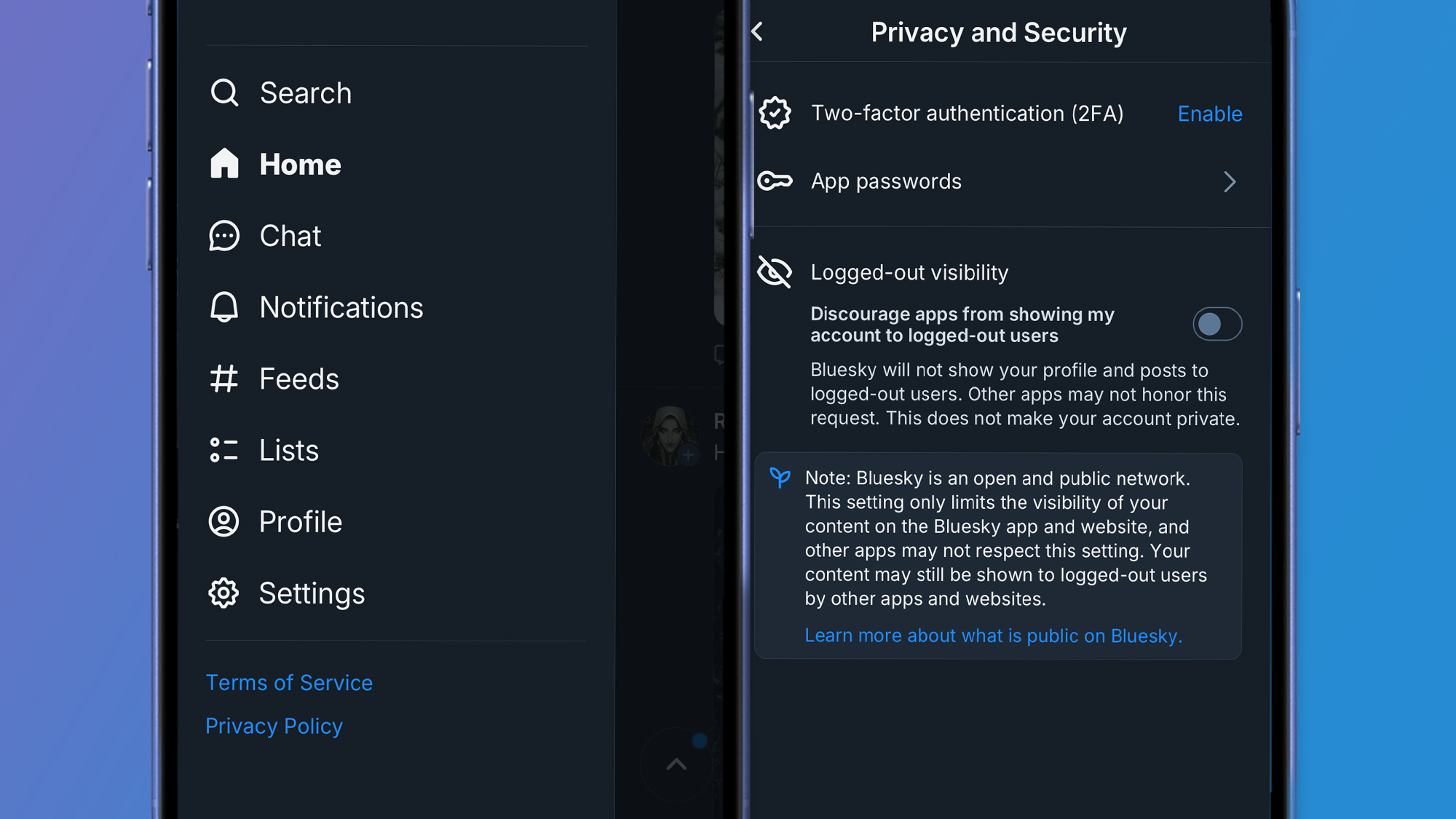
That’s something it’s trying to address with new features. Inspired by Bluesky, Threads introduces support for custom feeds based on topics. These are easy to create: you search for a topic, tap the three dots next to the search bar and select ‘Create new feed’. You can also add individual accounts to custom feeds, giving you extra flexibility in managing the content you see.
To further promote a sense of community, Threads has also tweaked its algorithm to show users more posts from the people they follow. This “rebalancing” should mean that the “For You” feed shows more content that matters to you.
How substantially this will change the feel of Threads remains to be seen, but the speed of Meta’s response is indicative of the impact Bluesky’s open approach is having.
How to switch from X
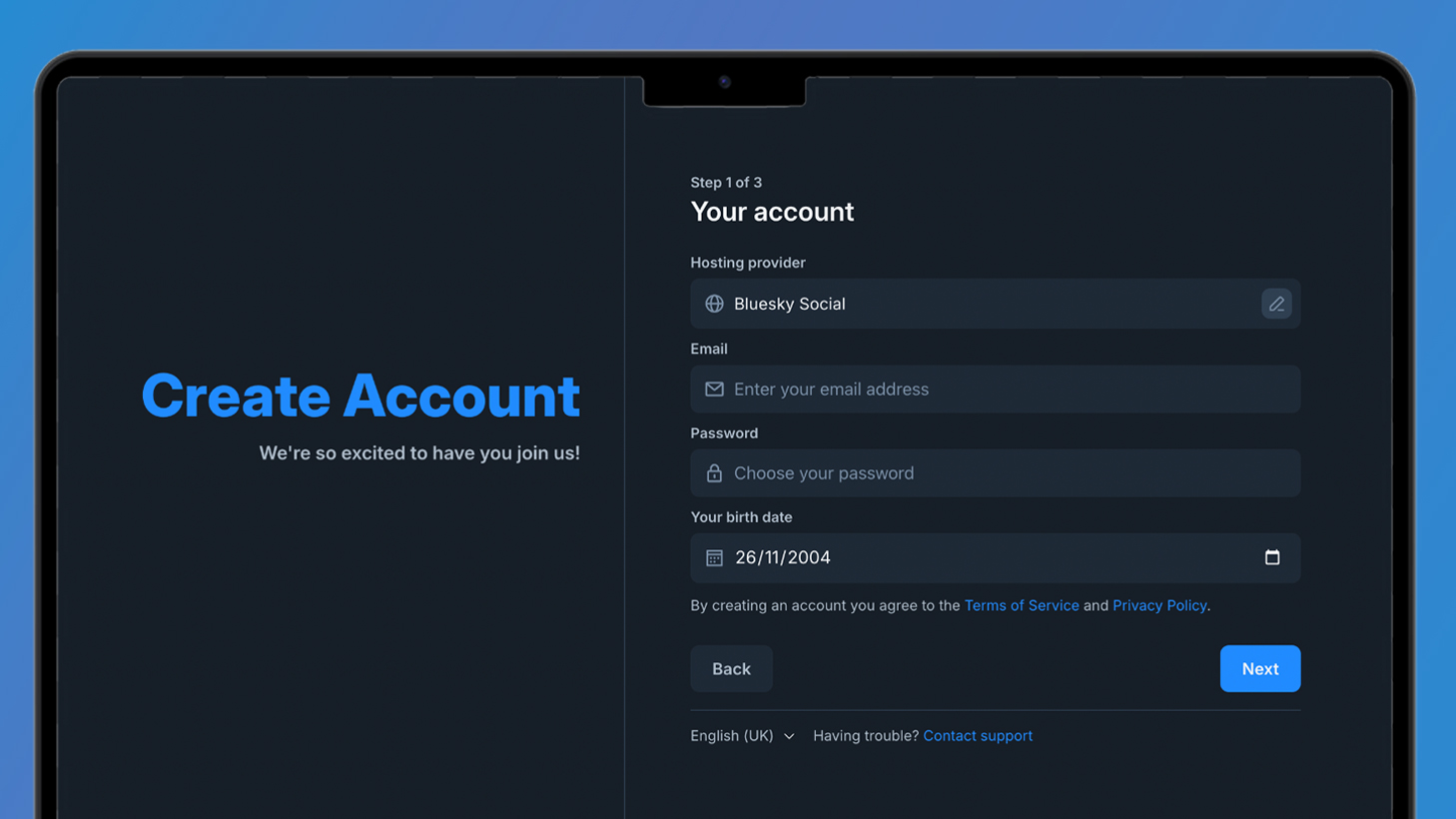
To become a member of Bluesky, all you need to do is create an account with your email address. You can do this online at bsky.app or by downloading the app from the App Store or Google Play Store. Registering is easy.
Migrating an X account to Bluesky is a little more difficult. We wrote an article on how to switch from Bluesky to X. There is no official method to make this happen, but there is a workaround.
Sky Follower Bridge is an extension available for Chrome and Firefox. This allows new Bluesky users to find users they previously followed (and were followed by) on X.
To use it, you need to add the extension, run it while logged into Bluesky and then go to X. Go to the Following or Followers page and the extension will collect the information to give you a list of matching Bluesky accounts.
It’s worth keeping in mind that X takes steps to prevent screen scraping, so there’s no guarantee of how long Sky Follower Bridge will be functional.
Bluesky private accounts: is it possible to have one?
One thing you should keep in mind before joining Bluesky is that there is currently no way to have a private profile.
Bluesky describes itself as a “public social network,” with the AT protocol “designed to support public conversations.” That means everyone on the internet can see them, including your posts and likes. Bluesky says to treat your posts like blog posts.
As a result, you cannot lock your profile. If you want a private profile, you’ll need to stick with X and protect your messages, or sign up for a private profile on Threads.

![Arcane season 2 act 3 ending explained: is [SPOILER] dead, is there a post-credits scene, will there be a season 3, and more of your biggest questions answered Arcane season 2 act 3 ending explained: is [SPOILER] dead, is there a post-credits scene, will there be a season 3, and more of your biggest questions answered](https://usmail24.com/wp-content/uploads/2024/11/Arcane-season-2-act-3-ending-explained-is-SPOILER-dead-390x220.jpg)


